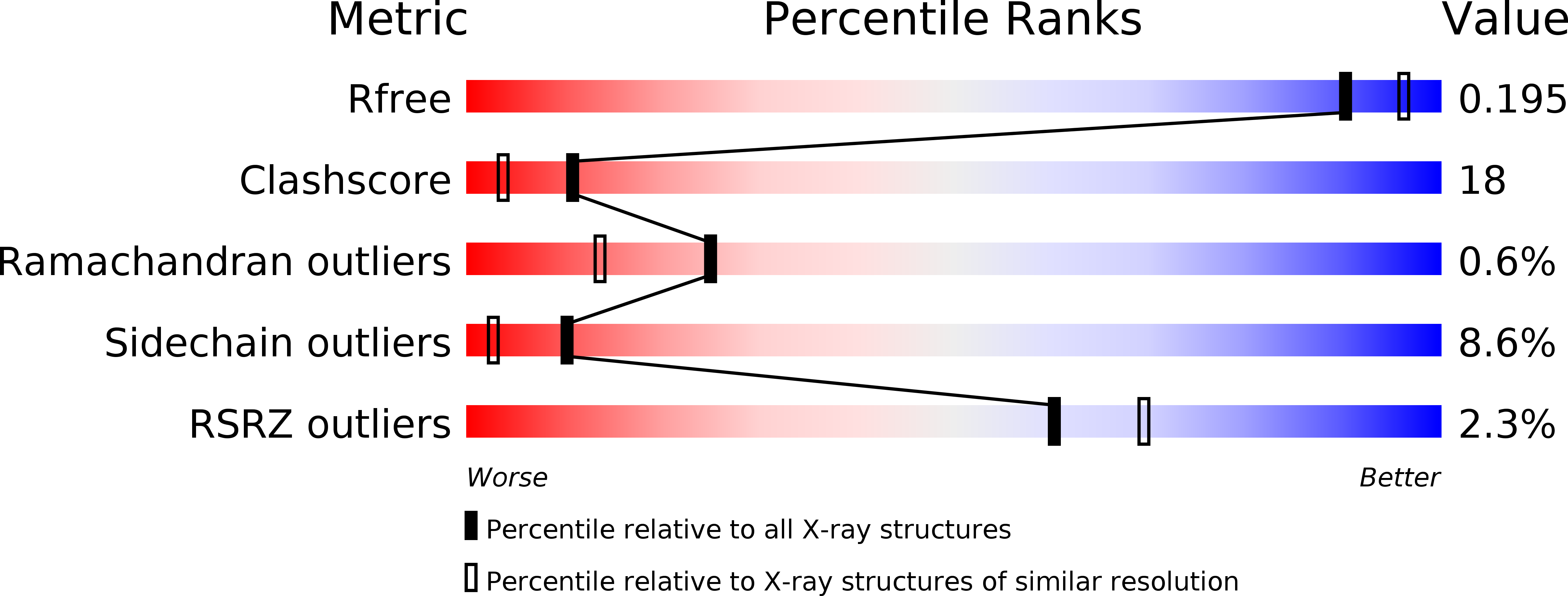
Deposition Date
2003-05-05
Release Date
2003-09-09
Last Version Date
2024-11-20
Entry Detail
PDB ID:
1P7T
Keywords:
Title:
Structure of Escherichia coli malate synthase G:pyruvate:acetyl-Coenzyme A abortive ternary complex at 1.95 angstrom resolution
Biological Source:
Source Organism:
Escherichia coli str. K12 substr. (Taxon ID: 316407)
Host Organism:
Method Details:
Experimental Method:
Resolution:
1.95 Å
R-Value Free:
0.29
R-Value Work:
0.19
R-Value Observed:
0.19
Space Group:
P 21 21 21


